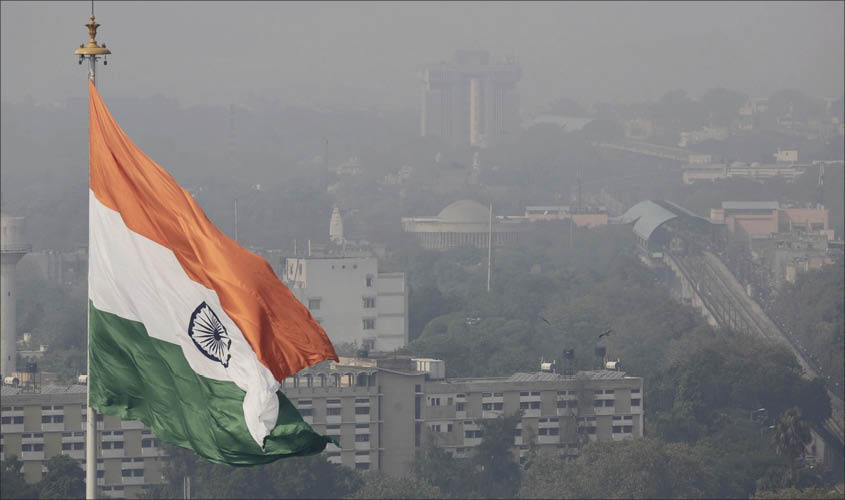Manufacturers and oil refiners have to undertake major infrastructural modifications with financial commitments.
While environmental issues have always remained on top of our priorities, they really come to the fore during each winter, for reasons too obvious. And this year, coinciding with the climate change conference being held in Poland, they have come into a sharper focus. In this context some of the recent statements of the Union Environment Minister have reiterated the government’s resolve to meet the targets committed at the Paris Conference on Climate Change. The judiciary, who have always given priority to public interest issues connected with environment, have also been driving the state governments and the implementing agencies very hard. The recent imposition of the stringent penalties on the Governments of West Bengal and Delhi by the National Green Tribunal, have to be understood only as wakeup calls before the scary environmental scenario which lies ahead.
There are, however, a few paradoxes at the micro level within the policy framework which need to be addressed. First of all, the relationship between the vehicular emissions and the age of the vehicle. As per the guidelines of the Honourable Supreme Court, it would become mandatory by April 2020 for all the vehicles to follow Bharat VI norms. But are we ready? The manufacturers as well as the oil refiners have to undertake major infrastructural modifications with heavy financial commitments to meet this deadline. In the meantime, the owners of the current lot of vehicles which are nearing the 10-year deadline or are about to cross that, were never aware that the life of their vehicles would be just 10 years. While the overall objective of curtailing harmful emissions has to be achieved, the question is who should pay. The liability of the owner driver of a well maintained vehicle and which has a valid periodic Pollution under Control (PUC) certificate, has to be weighed against the liability of the engine manufacturer and the quality of the fuel supplied at the point of sale. Emissions are largely a factor of the latter two parameters over which the owner has no control. This should open up the issue of garaging of vehicles of a particular age, along with the nature of refining of fuel and its quality at the point
of sale.
Today, India imports almost 80% of its oil needs and spends about Rs 5.65 lakh crore on importing 220 million tonnes of crude. In the current year, this requirement is estimated to go up to 227 million tonnes, further pushing up the import bill. Accordingly, in the long run we have to think in terms of curtailing this demand till the electric cars take over. Percentage of ethanol blending has been enhanced, but has made only a limited impact in the face of accelerating demand. As of now, the extent of investment in the highways network and urban roads is disproportionately more than in public transport. A strategy to improve public transport will curtail oil consumption and simultaneously reduce auto emissions. At the time of planning for Metro Rail in Delhi, it was thought that this should be able to take away a large number of passenger car units (PCU). On the other hand, the developments have been such that the cars on the roads have increased many folds, while the number of buses has been going down significantly.
In Delhi, after the introduction of CNG for public transport, buses, taxis and three wheelers etc., in 2001, the quality of ambient air had shown a marked improvement. Within a few years, things were back to square one as the modal split went back in favour of private vehicles. Mainly because there was no priority for buses during peak hours and despite the growing demand, their numbers kept dwindling. This led to an explosive increase in the number of two wheelers, which was, for the purposes of emission related pollution, perhaps a very poor option.
Even as the option for electric vehicles may be a few decades away, presently in the overall interest of curtailing demand for oil consumption and simultaneously improving the quality of ambient air in urban agglomerations, it may be useful to have a fresh look at the public transport option.
Dr K.K. Paul served as Governor of several states after retiring from the IPS as Delhi Police Commissioner.

